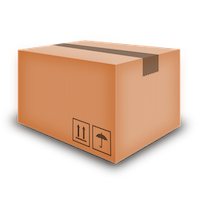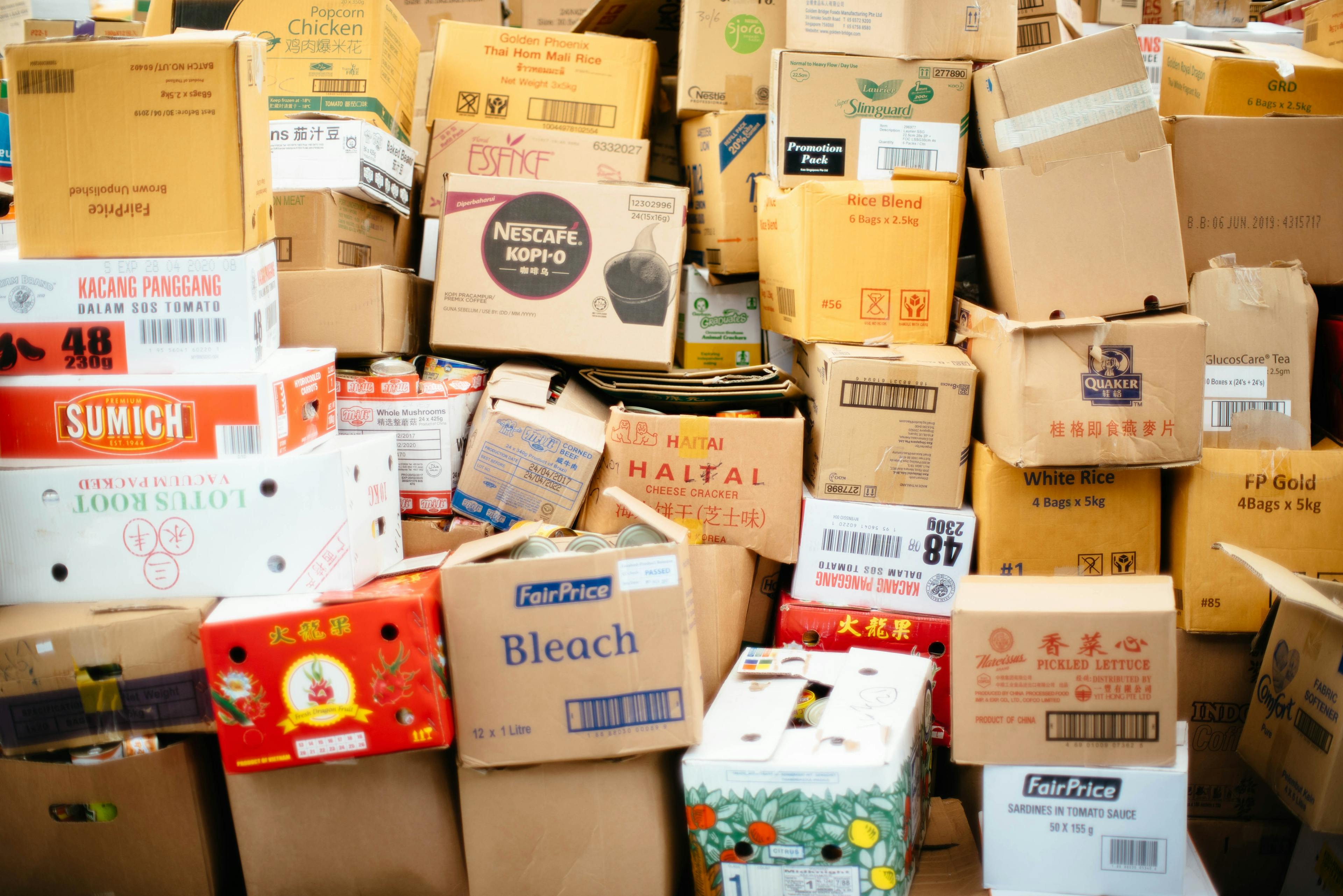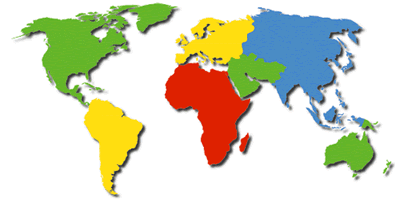
Parcels Packages .com - Obtain multiple Package Delivery Rates Free of Charge.
Use the map below to select the country for your International Parcel Package delivery Quote:
Using the Packages Parcels.com package delivery request wizard is all that stands between you and your receiving FREE quotes from brand name national and international expeditors and delivery services. By providing you with many options, we can be sure that you are getting the best rates available. Saving you money and the time that you would have otherwise spent trying to find them on your own!
It is important to point out that shipping a package overseas is significantly different from shipping nationally or locally. Each country has specific criteria regarding what can and can not be brought into their country as well as how long it will take to have it inspected at customs. These are just two issues that you may or may not have to contend with when making an international package delivery.
The following FAQ’s represent the most common questions posed by international shippers, and the ensuing answers should be considered on a case-by-case basis. If you have any lingering concerns or uncertainty about the nature of your package or parcel shipment, contact your chosen delivery company and they will be able to assist you accordingly.
Protection Solutions for Your package
Bags : Protective bags are recommended. Use cushioned bags, such as padded and bubble bags to carry such things as diskettes, tapes, keys and small electronic parts. These bags provide good shock absorption performance. Waterproof and anti-static versions are also available.
Boxes : Boxes are the most commonly used type of package. The range of sizes and shapes, the different combinations of materials, and the number of accessories available to strengthen and secure them, make boxes the most suitable way to protect your package.
If you are shipping wooden boxes, please ensure that the corners are correctly protected and check that the box is not splintered, as this can cause injuries to people handling the boxes.
Wood containers are especially appropriate for shipping heavy items, usually palletised and ready to be machine-handled. Sometimes, heavy-duty double-layered cardboard is a suitable and cheaper alternative to wood.
Tubes : Please do not use round tube-type cylinders. Their tendency to roll makes them difficult to handle and they cannot pass through automated sorting equipment generally used in express courier facilities.
Many couriers offer triangle tubes that are specially designed to ship maps, blueprints and any type of large flexible document. The maximum weight when full is roughly 5.5 kg.
Tapes : All package must be sealed to prevent the contents from falling out. A good seal helps to strengthen your package; however, please be aware that any shipment may be opened for inspection by customs or security authorities while in transit. If this is the case, the courier is usually responsible for re-sealing your package to the highest standards.
Always use strong tapes like polypropylene or vinyl adhesive tape. Avoid the use of cellophane tape, which may be inexpensive but is usually fragile and only appropriate for office use. Other types of tape such as fibre-reinforced paper tapes may also be used.
It is not recommend to use string around your box as it can cut through the cardboard and damage your package.
If you choose to use reinforced paper tape, the closing of the case can be done with only two strips. Please make sure that the tapes overlap the ends of the box by 80 mm or 32 inches.
Wrapping Paper and Film : The use of wrapping paper around boxes or non-contained objects is only recommended for items like textile products, in order to prevent damage by dust. Remember to enclose the wrapped object in a box.
Wrapping paper can also be used as a cushioning material by crumpling it and placing it in the interior of boxed package.
Heated shrinking and stretch films are used to consolidate multiple boxes on a pallet for stability and protection from dirt, water, oil, etc. They are not suitable for all commodities because the high temperatures used by the heat-shrinking technology may damage the contents of your shipment.
When using these films, please stick labels on the boxes and not on the films. Often the film is broken down to scan each shipment's bar code.
Strapping : When applied correctly, with the proper tension, strapping is an ideal way to strengthen your shipment. Loose strapping is useless and too tight strapping can damage the box, by cutting through it.
Many types of strapping can be found on the market:
Polypropylene is low cost and easy handling, but the maximum force it will stand before breaking is not very high.
Polyester strapping stretches less than polypropylene under high temperatures, it is stronger and maintains its properties when wet. It can replace steel in many applications because of its lower cost.
Metal strapping is best for extremely heavy loads, as it does not stretch. It is only recommended for use on wooden crates.
Edge Protection : Edge protectors are available in plastic and recycled cardboard. When using strapping, edge protectors prevent damage to your shipment by distributing the strapping pressure and tension uniformly across the box edge, preventing damage to the cardboard.

